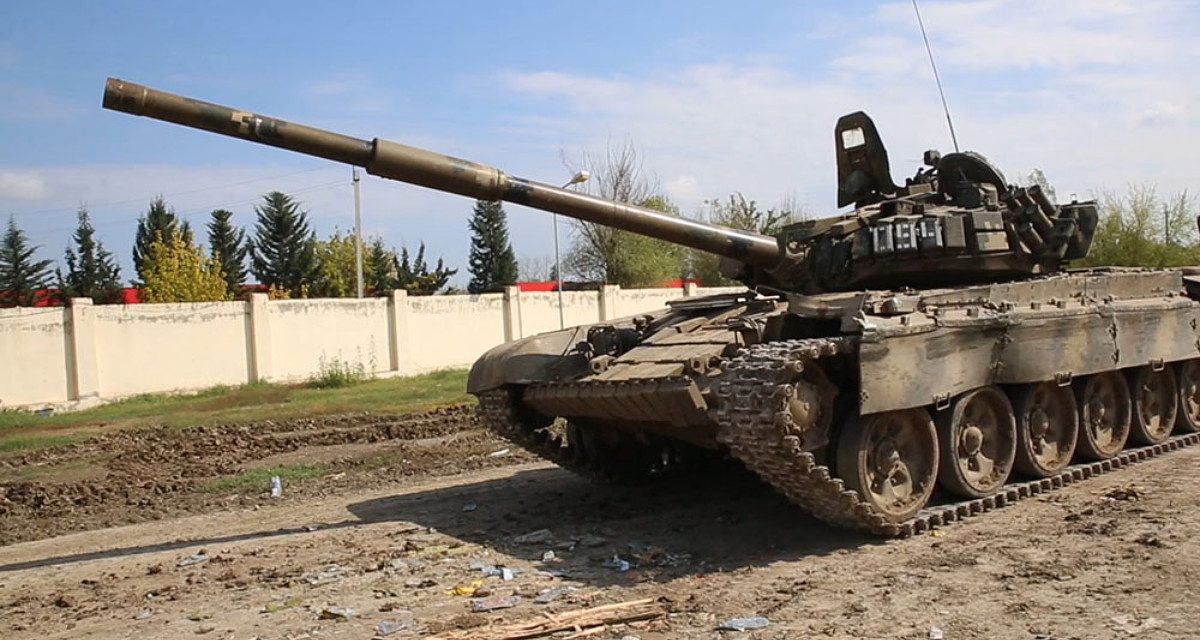The ongoing war in Ukraine is giving observers a chance to forecast how future conflicts will take shape. Drones, advanced sensors, and other technologies are playing impactful roles in the fight. At the same time, artillery is demonstrating its enduring relevance in large-scale combat, air defense is reemerging as a critical capability, and basic concepts like effective camouflage are proving to be as important as they are fundamental. Many, if not all, of these trends were on display more than a year earlier in another war that received considerably less attention but is similarly packed with lessons about the future of war.
Dr. Jack Watling is research fellow for land warfare at the Royal United Services Institute and closely studied the 2020 Nagorno-Karabakh War. In this episode of the MWI Podcast, he examines some of the insights that can be derived from the conflict—in particular, what we can learn from it about ground combat on the modern battlefield. The trends in warfare demonstrated in the conflict—like those on display in Ukraine today—represent a problem set that the US military and those of its allies largely have not directly encountered during nearly two decades of military operations in Iraq and Afghanistan.
Listen to the full episode below, or find it on Apple Podcasts, Stitcher, Spotify, TuneIn, or your favorite podcast app. While you’re there, be sure to subscribe. And if you’re enjoying the MWI Podcast, please take a moment to give it a rating or leave a review.
Note: This episode was originally released in October 2020.
Image: Tank claimed to be captured from an Armenian unit by Azerbaijani forces during the 2020 Nagorno-Karabakh War (source: Azerbaijan Ministry of Defence)

